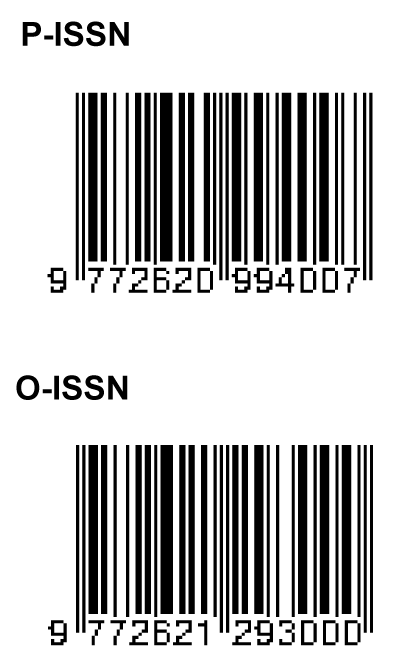English
DOI:
https://doi.org/10.47970/jml.v5i2.337Kata Kunci:
EnglishAbstrak
The purpose of this research was to learn about the differences in EVA created by large and small asset group companies, the relationship between EVA and EAT and EBIT, and how EVA differs from the company's characteristics (equity, liability, assets, and sales revenue) depending on the asset group. All sectors at BEI will be researched from January 2018 to December 2020.
The idea that underpins this research is the theory of a company's financial performance, which can be evaluated using the Economic Value Added (EVA). EVA is a measure that considers the cost of capital in a company to determine how much added value it can provide to its investors.
This research used an independent t-test method and Pearson correlation. Based on the research, it was not found that EVA was different in the asset group, it can be concluded that investors couldn’t take investment decisions only based on the size of the firm, and investors' expectations must be further changed based on economic conditions.








